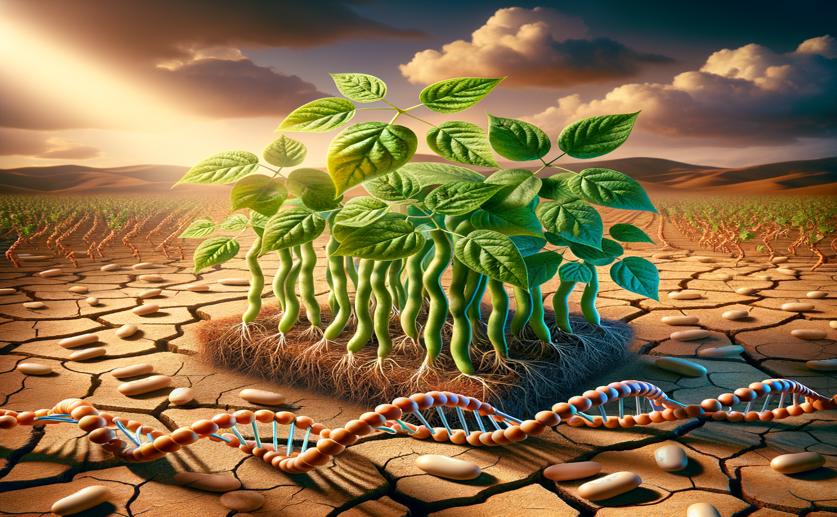
Improving Drought Tolerance in Common Beans Using the PvMYB60 Gene
Greg Howard
11th August, 2024

Image Source: Natural Science News, 2024
Key Findings
- Researchers in Chile studied how mutating the MYB60 gene in common beans affects drought tolerance
- The mutated MYB60 gene helped the beans retain water better, improving growth and yield under drought conditions
- This genetic modification offers a promising strategy for developing drought-resistant crops, crucial for areas facing water scarcity
AgricultureGeneticsPlant Science
References
Main Study
1) PvMYB60 gene, a candidate for drought tolerance improvement in common bean in a climate change context
Published 10th August, 2024
https://doi.org/10.1186/s40659-024-00528-8
Related Studies
2) Phenotyping common beans for adaptation to drought.
3) Impact of Stomatal Density and Morphology on Water-Use Efficiency in a Changing World.
4) Engineering stomata for enhanced carbon capture and water-use efficiency.



 4th August, 2024 | Jenn Hoskins
4th August, 2024 | Jenn Hoskins